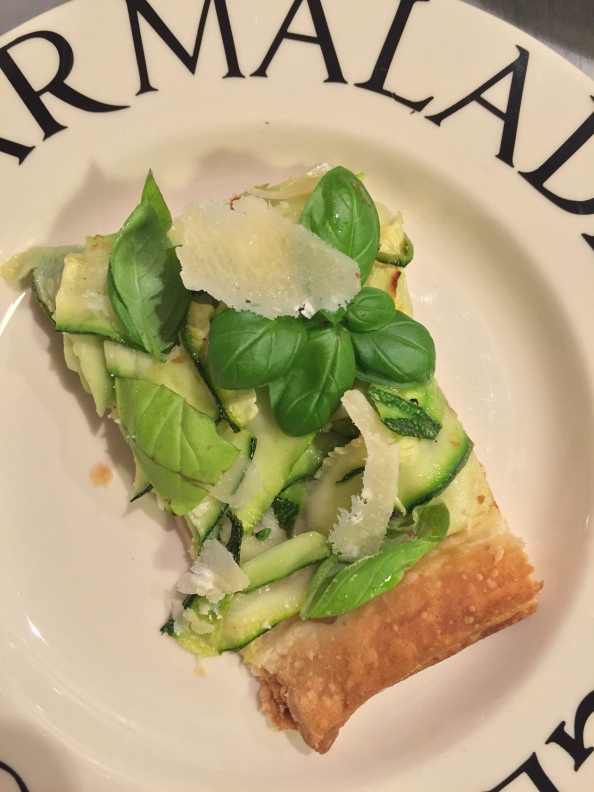If you’ve been reading this blog for a while you’ll know how fond I am of baking with raspberries. I’ve made this raspberry yoghurt cake twice now, once with regular flour and once with spelt and can honestly say there was no noticeable difference. The recipe is by Diana Henry – no surprises there! – and is from her book Simple. I love that the recipe was inspired by a cake she ate at a café in Nettlebed, a village in Oxfordshire, which holds many happy memories for me.
On the day Theresa May resigned I announced on Twitter that I was about to make this cake as a break from all the political drama, and there was quite a bit of interest, which is why I’m writing up the recipe for you today. The yoghurt doesn’t give the cake a yoghurt-y taste, if you know what I mean, but I think it gives it a lightness and makes it deliciously moist. It’s a perfect summer cake, but if you keep raspberries in your freezer, there’s nothing to stop you making it at other times of the year.
Raspberry Yoghurt Cake
Ingredients
- 125g unsalted butter
- 225g caster sugar
- Finely grated zest of 2 unwaxed lemons
- 1/2 tsp vanilla extract
- 2 large eggs, lightly beaten
- 300g plain flour or spelt flour
- 2 tsps baking powder
- 115g natural yoghurt (I love Yeo Valley Greek Style)
- 200g raspberries
Icing
- 150g icing sugar
- Approx. 2 tbsps lemon juice
- About 10 raspberries
Method
(Preheat conventional oven to 180ºC)
- Butter a 22 x 12 x 7cm loaf tin and line the base with bake-o-glide or baking parchment
- Beat the butter and sugar until pale and fluffy
- Add the lemon zest and vanilla
- Add the eggs, a little at a time, beating well after each addition
- Put 2 tbsps of flour in a bowl and toss the raspberries in it
- Mix the flour and baking powder together and fold this into the batter, alternating with spoonfuls of the yoghurt
- Put one third of the batter into your loaf tin and add half the raspberries, spreading them out evenly
- Put another one third of the batter on top followed by the remaining raspberries and finishing with the rest of the batter
- Bake for about an hour and 15 minutes in the baking oven, but check after 40 minutes or so and cover it with foil if it seems to be colouring too much
- A skewer should come out clean when it’s done. Leave the cake in the tin for 10 minutes before turning it out onto a wire rack to cool
- Mix the icing sugar with the lemon juice until smooth
- Spread two thirds of this on the cooled cake
- Partly crush the 10 raspberries and add them to the remaining icing. Don’t completely mix them in; you just want them to stain bits of the icing. Pour over the cake



















